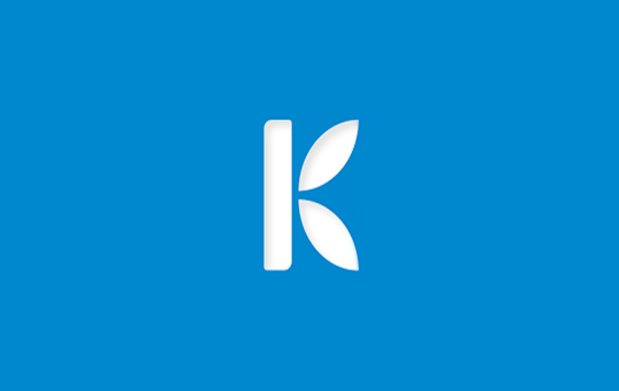Klarna Is Making The Jump To Real-World Commerce

Klarna — a Swedish payments provider for eCommerce businesses — is making the jump from the digital to the physical world. Later this month, Klarna will roll out its first in-store solution.
The move into real-world — versus digital — commerce comes as retail transactions remain in a transitory phase. Though digital and mobile are increasingly ascendent, physical commerce remains dominant and accounts for over 90 percent of all retail spending in the Western nations where Klarna operates.
“We expect the offline offering to potentially outgrow our online business,” Sebastian Siemiatkowski, Klarna’s cofounder and chief executive, said in an interview.
According to McKinsey & Company estimates, the payment services industry was worth about $1.7 trillion in global revenue in 2014. The space, the consultancy additionally notes, is rapidly changing and evolving away from banks being the only players in nonbank cash transactions.
Klarna’s in-store payments play officially puts it into competition with big banks, as well as Apple, Samsung and Android, which it can now add to the list, along with PayPal, of big, well-established firms it is running up against.
In Scandinavia, banks say they are feeling the heat from tech rivals.
“Anxiety is a strong word, but it’s definitely on the lips,” said Kristina Söderberg, investment manager at SEB AB, one of Sweden’s largest banks.
The region has become a hotbed of financial tech companies, aided by a high concentration in computer and telecoms engineers and a growing disaffection for cash transactions.
Sweden had the equivalent of $1,109 of cash in circulation per inhabitant in 2014 — less than half of the $3,734 in the Euro area and $4,218 in the U.S., a study by the Bank for International Settlements showed.
Founded in 2005, Klarna was most recently valued at $2.25 billion. Currently, the firm services 65,000 eCommerce merchants in 18 countries and had revenue of 2.8 billion Swedish kronor last year ($346 million).
The Klarna platform pays merchants immediately in a transaction and treats collection of funds from the consumer as a separate action that is undertaken later. Consumers can decide to settle up immediately with Klarna or pay out over 30 days. In either case, the entire transaction risk is taken by Klarna.
To extend that limited credit product, Klarna considers 200 or so data variables to determine if consumers are creditworthy. If the shopper looks too risky, the deferred payment option is not offered.
Klarna and other FinTech providers are likely heading toward a competitive crash with Europe’s big banks, as recent regulatory changes now require banks to further open their networks to up-and-coming players.
Klarna, though, does not intend to work with or through banks for long. The firm has applied for a banking license from the Swedish financial supervisory authority and aims at offering pay cards and accounts of its own in the future.
Klarna will first introduce its service in physical shops at a Stockholm beauty store later this month and expand throughout Sweden and the rest of the world from there. Some merchants have estimated that transactions paid through Klarna will be, on average, 42 percent cheaper than using card terminals.
